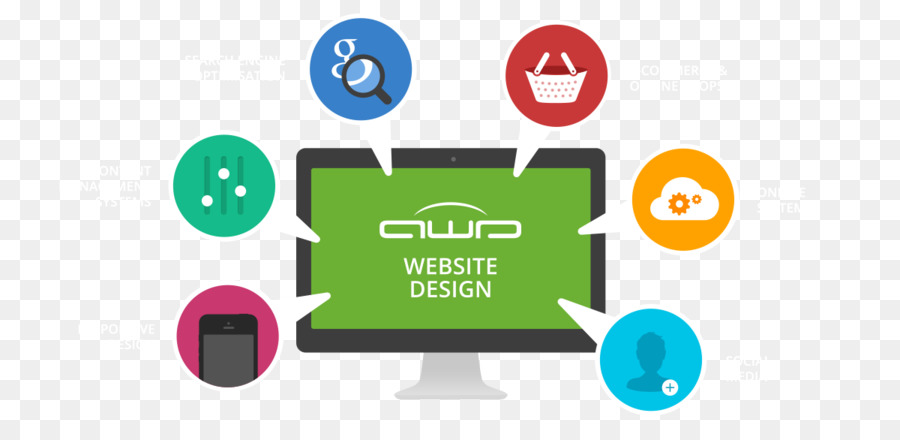When it pertains to site design, guaranteeing user-friendliness is key. From receptive design to streamlined navigating, every aspect plays a vital duty in creating a site that caters to your target market's requirements. But what concerning the finer details that can make or damage a user's browsing experience? Keep tuned as we uncover some often-overlooked pointers that can raise your web site's use to the next level, making it really stand apart in the electronic landscape.
Relevance of Responsive Design
Receptive design is a vital element of contemporary web site advancement. improve seo for ecommerce is receptive means that it can adapt to various screen dimensions and gadgets, giving a smooth experience for users.
With the increasing use mobile phones and tablet computers to access the web, having a receptive design is crucial for reaching a bigger target market. It aids in improving individual experience by making your website very easy to navigate and continue reading any kind of gadget.
Additionally, responsive design can positively influence your search engine positions, as online search engine like Google prioritize mobile-friendly websites. By having a responsive style, you're also future-proofing your site, as brand-new gadgets with varying display dimensions continue to arise.
Simplify Navigating Framework
To improve user experience and facilitate simple access to details on your web site, improving the navigating framework is critical. When developing your site, focus on producing a clear and intuitive navigation food selection that assists site visitors locate what they're looking for swiftly.
Restriction the number of food selection items to the essentials, grouping associated pages together to avoid frustrating users. Usage descriptive tags that plainly indicate the content of each web page, making it easier for customers to recognize where each web link will certainly take them.
Think about applying dropdown food selections for subcategories to stop littering the main navigation bar. Furthermore, consist of a search bar plainly on the web page for customers that like looking for particular details.
Prioritize mobile responsiveness in your navigation layout to ensure very easy gain access to on all devices.
Optimize Page Load Speed
Improving web page load rate is vital for preserving site visitors on your web site. Slow-loading web pages discourage individuals and can result in high bounce prices. To optimize web page load rate, start by optimizing images. Compress images without compromising quality to lower their data sizes.
Additionally, allow internet browser caching to store regularly accessed resources in your area, speeding up lots times for returning site visitors. Minify CSS, JavaScript, and HTML data by eliminating unneeded personalities, remarks, and format, boosting load rate.
Consider using a content distribution network (CDN) to disperse your web site's material across several servers worldwide, reducing latency for users accessing your website from various places. Last but not least, restrict the use of third-party scripts and plugins, as they can significantly affect lots times.
Verdict
In conclusion, by incorporating receptive design, simplifying navigating, and enhancing web page load speed, you can develop a straightforward site that appeals to a broader target market and boosts individual experience. These essential elements make sure that visitors can conveniently access and navigate your site throughout different tools, resulting in increased involvement and contentment. By concentrating on search engine optimisation for small business , you can construct an effective internet site that maintains customers coming back for more.
